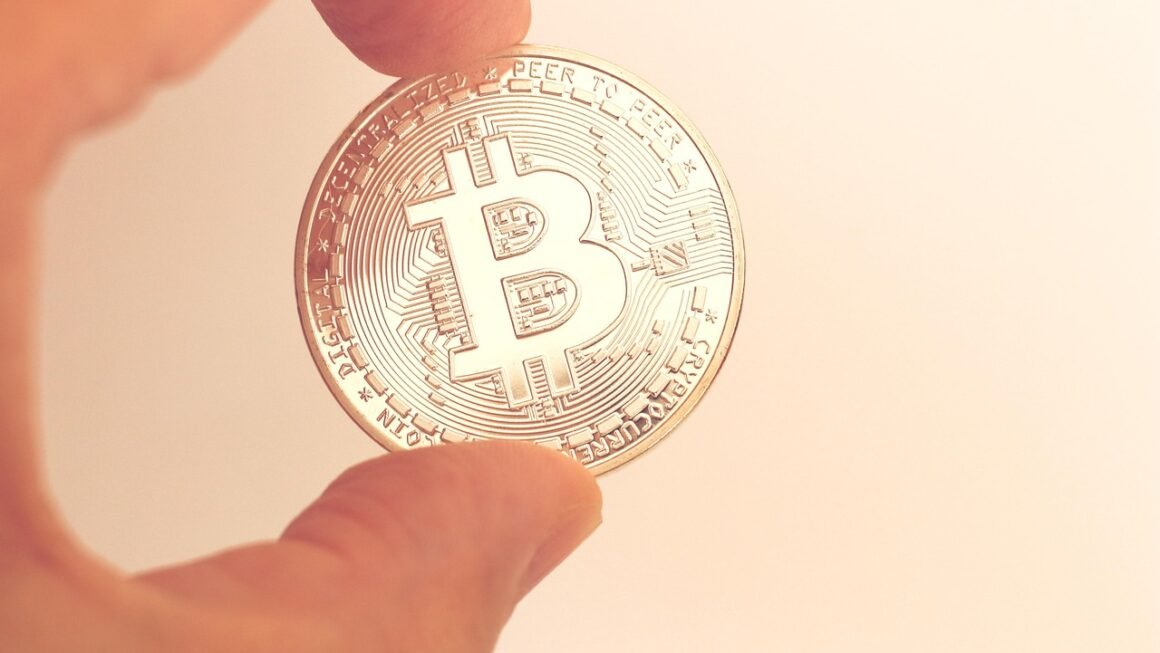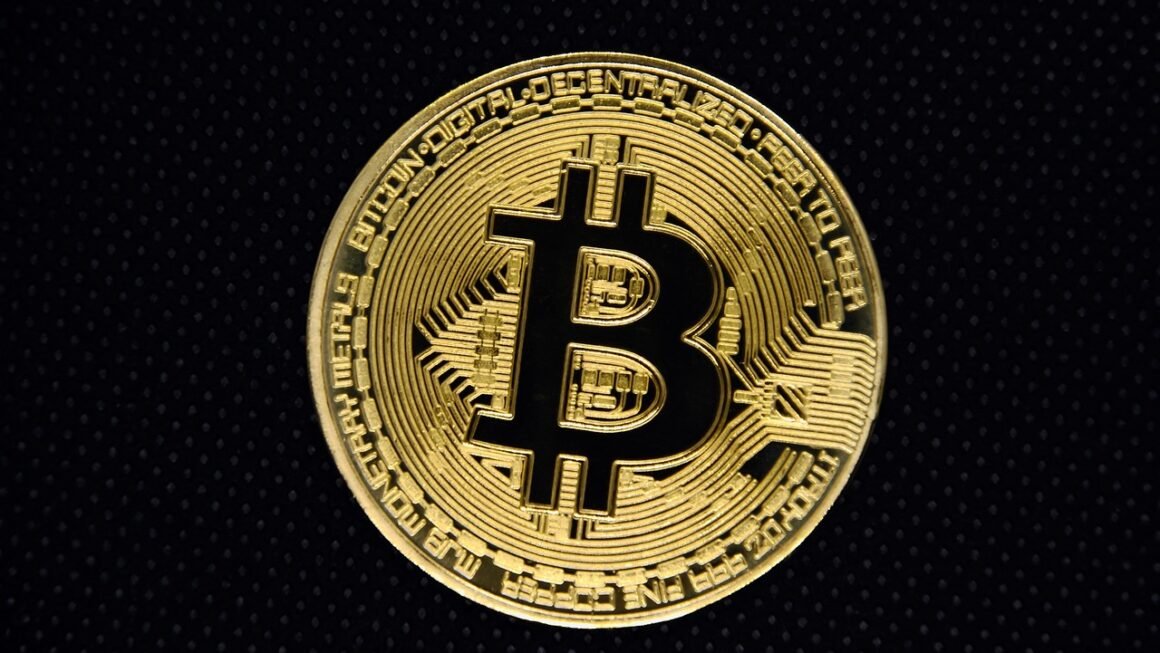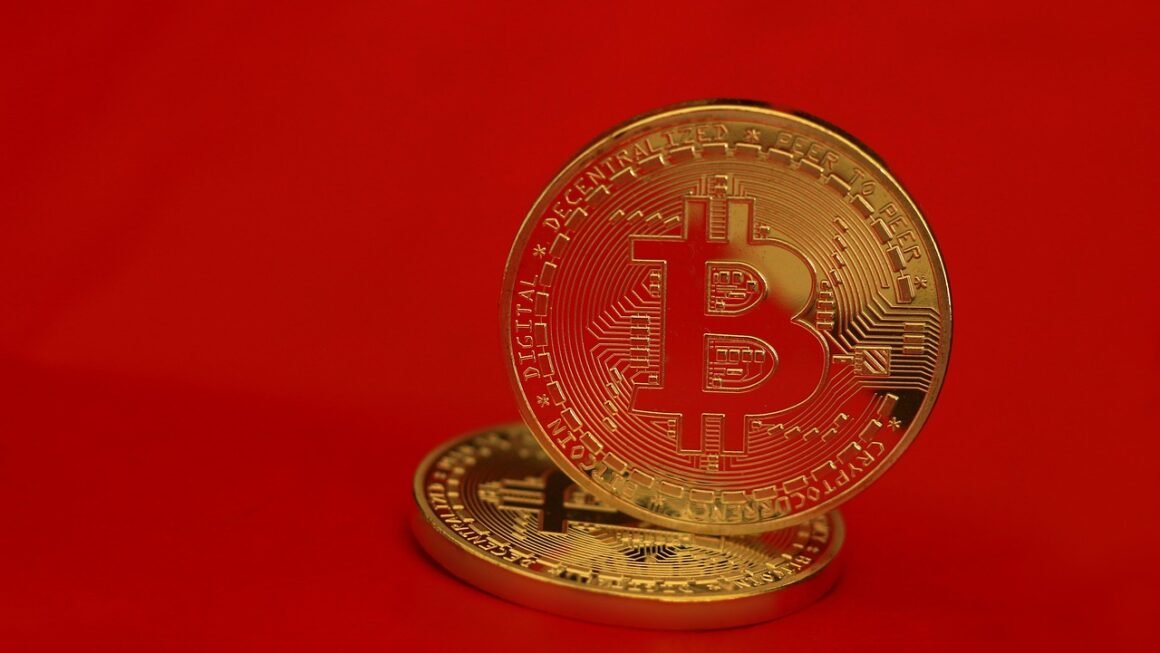Ever wondered why that simple transaction on your favorite decentralized application (dApp) cost you more than you expected? The culprit is likely gas fees. These fees, often misunderstood, are crucial to understanding the functionality and economics of blockchain networks like Ethereum. This comprehensive guide will break down gas fees, explaining what they are, how they work, and how you can navigate them to optimize your blockchain experience.
Understanding Gas Fees: The Fuel of the Blockchain
Gas fees are the payments users make to compensate for the computing energy required to process and validate transactions on a blockchain network. Think of it like the fuel that powers the decentralized engine. Without gas, no transaction, smart contract execution, or data storage could happen.
Why Gas Fees Exist
Gas fees are vital for several reasons:
- Incentivizing Miners/Validators: They reward miners or validators for their work in verifying and adding transactions to the blockchain. This incentive structure ensures the network remains operational and secure.
- Preventing Spam: By requiring a fee for each transaction, gas fees discourage malicious actors from flooding the network with spam, which could cripple its performance.
- Resource Management: Gas fees help allocate limited computational resources fairly among users. More complex operations require more gas, ensuring that the network prioritizes efficiency.
How Gas Fees are Calculated
Gas fees are determined by a combination of factors:
- Gas Limit: This is the maximum amount of gas a user is willing to spend on a transaction. If the transaction requires more gas than the limit, it will fail, and you’ll still lose the gas spent up to that point. Setting a low gas limit to save money can backfire if the transaction is more complex than anticipated.
- Gas Price: This is the amount of cryptocurrency (e.g., ETH on Ethereum) you are willing to pay per unit of gas. The higher the gas price, the faster your transaction is likely to be processed. Gas prices fluctuate based on network congestion.
- Transaction Complexity: The more complex a transaction (e.g., interacting with a complex smart contract), the more gas it requires. Simple transactions like sending cryptocurrency require less gas.
The total gas fee is calculated as: `Gas Limit Gas Price`.
- Example: Imagine you want to send ETH on the Ethereum network. You set a gas limit of 21,000 units and a gas price of 50 gwei (a smaller unit of ETH, where 1 ETH = 1 billion gwei). Your total gas fee would be 21,000 50 gwei = 1,050,000 gwei = 0.00105 ETH.
Factors Influencing Gas Fee Fluctuations
Gas fees are notorious for their volatility. Understanding the factors that drive these fluctuations is key to navigating the blockchain landscape.
Network Congestion
- Increased Activity: When the blockchain network is experiencing high demand due to popular NFT drops, DeFi activity, or a general surge in transactions, the demand for block space increases. This increased competition drives up gas prices as users bid higher to have their transactions prioritized.
- Block Size Limits: Blockchains typically have limitations on the amount of data that can be included in each block. This constraint means that during peak times, there’s a backlog of transactions waiting to be processed, leading to higher gas fees.
Smart Contract Complexity
- Computational Load: Complex smart contracts involving intricate logic, multiple interactions, or large data storage require more computational resources to execute. This translates to higher gas consumption and consequently, higher gas fees.
- Optimized Code: Poorly written or inefficient smart contract code can consume excessive gas. Developers strive to optimize their code to minimize gas usage, making transactions cheaper for users.
Ethereum Upgrades (EIPs)
- EIP-1559: This significant upgrade to Ethereum introduced a base fee that is burned (destroyed) and a priority fee (tip) for miners. The base fee adjusts dynamically based on network congestion, aiming to stabilize gas prices. While it doesn’t necessarily lower fees, it makes them more predictable.
- Future Upgrades: Ongoing and planned upgrades to Ethereum, such as sharding and layer-2 scaling solutions, are designed to increase transaction throughput and lower gas fees.
Strategies for Reducing Gas Fees
While you can’t eliminate gas fees entirely, you can employ strategies to minimize their impact.
Timing Your Transactions
- Off-Peak Hours: Gas fees are generally lower during periods of low network activity. Check gas trackers to identify the best times to transact, often late at night or early in the morning (in your local time zone).
- Gas Price Alerts: Set up alerts on gas trackers that notify you when gas prices fall below a certain threshold, allowing you to execute transactions at more favorable rates. Websites like Etherscan, GasNow, and Blocknative provide real-time gas price information and historical trends.
Optimizing Gas Settings
- Gas Limit: Be cautious when setting the gas limit. Underestimating the gas required will result in a failed transaction, and you’ll still lose the gas spent. Most wallets automatically estimate a safe gas limit.
- Gas Price: Use gas trackers to determine the current average gas price and set your gas price accordingly. Slightly increasing the suggested price can expedite your transaction, especially during periods of high congestion.
Utilizing Layer-2 Scaling Solutions
- Rollups: Layer-2 scaling solutions like Optimistic Rollups and zk-Rollups process transactions off-chain and bundle them into a single transaction on the main Ethereum chain. This significantly reduces gas fees for users. Examples include Optimism, Arbitrum, and zkSync.
- Sidechains: Sidechains are separate blockchains that run in parallel with the main Ethereum chain. They offer faster transaction speeds and lower fees, but may have different security models. Examples include Polygon (Matic) and xDAI.
Choosing Efficient dApps and Platforms
- Gas-Optimized Smart Contracts: Look for dApps and platforms that prioritize gas efficiency in their smart contract design. These platforms are generally cheaper to use.
- Alternative Blockchains: Explore other blockchains with lower transaction fees, such as Solana, Avalanche, or Binance Smart Chain (BSC). However, consider the trade-offs in terms of decentralization and security.
The Future of Gas Fees: Ethereum 2.0 and Beyond
The Ethereum ecosystem is actively working to address the issue of high gas fees through various upgrades and scaling solutions.
Ethereum 2.0 (Now the Merge & Subsequent Upgrades)
- The Merge: This significant upgrade transitioned Ethereum from a Proof-of-Work (PoW) consensus mechanism to a Proof-of-Stake (PoS) mechanism, reducing energy consumption but not directly lowering gas fees.
- Sharding: Future upgrades are planned to implement sharding, which will divide the Ethereum blockchain into smaller, more manageable pieces, increasing transaction throughput and potentially reducing gas fees.
Long-Term Solutions
- Continued Layer-2 Development: Ongoing advancements in layer-2 scaling solutions will play a crucial role in lowering gas fees and improving the overall scalability of Ethereum.
- Gas-Efficient Smart Contract Development:* Increased awareness and adoption of best practices for gas-efficient smart contract development will help to minimize the gas costs associated with using dApps.
Conclusion
Gas fees are a fundamental aspect of blockchain technology, incentivizing network participants and preventing abuse. While they can be a source of frustration, understanding how they work and employing strategies to minimize their impact can significantly improve your blockchain experience. As Ethereum continues to evolve with ongoing upgrades and the development of layer-2 solutions, we can expect to see gas fees become more manageable and predictable in the future. Keep learning, stay informed, and embrace the evolving world of blockchain!


